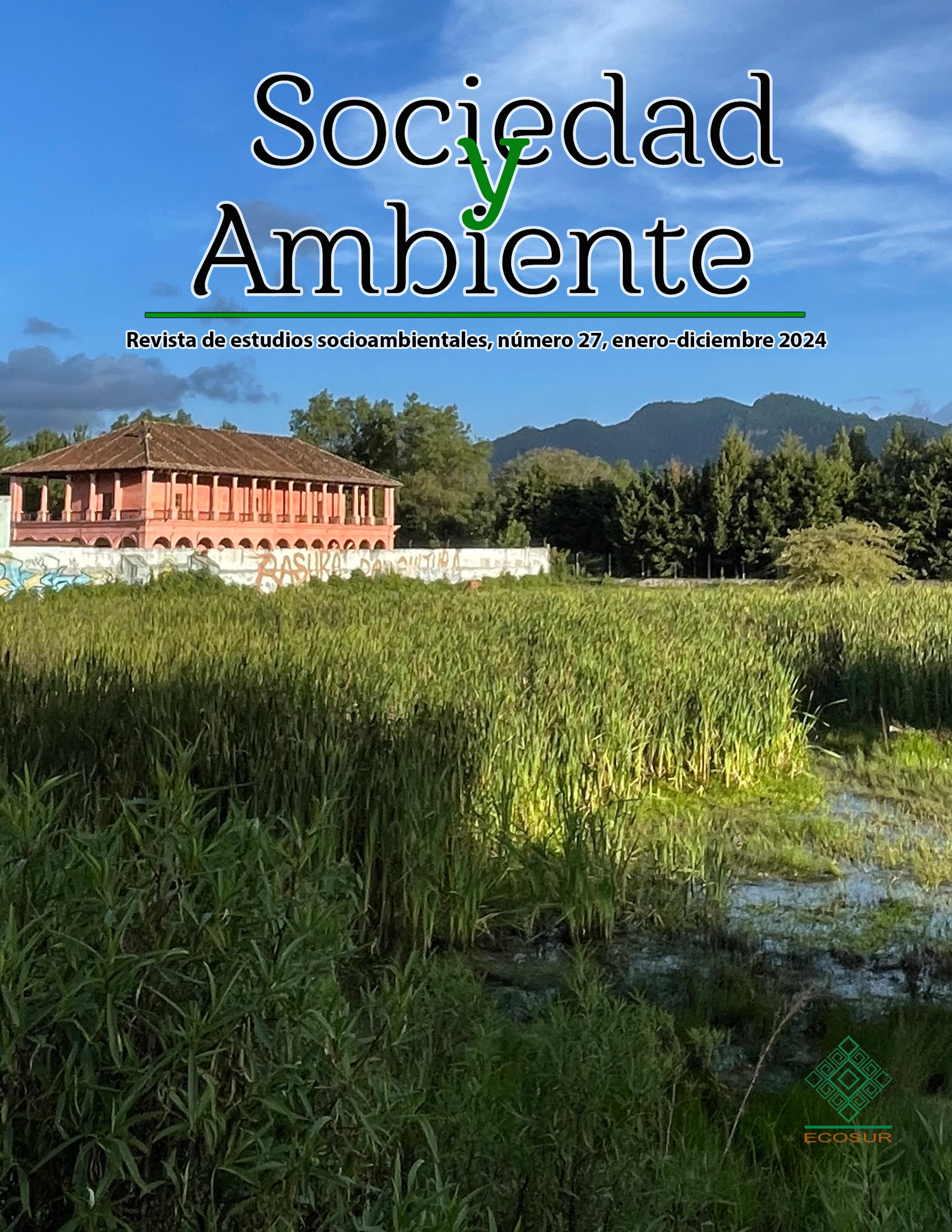Abstract
The Mexican government created the Management Units for the Conservation of Wildlife (UMA, by its initials in Spanish) figure to protect and sustainably use Mexican species. The operation of the UMA has historically been evaluated with purely administrative indicators. This research objective is to analyze the management type these units promote at the national level and the impact they generate on biological conservation. To this end, two approaches are used: a diachronic one to analyze the historical development of the UMA from 1999 to 2021 through trends and choropleth maps, and another synchronous one generating management and biological conservation indices to analyze the UMA during 2018. The results show a decreasing trend in the number of UMA and the incorporated surfaces. The indices indicate that the UMA most promoted are those that apply management aimed at stabilizing wildlife populations to obtain sustained harvests. The UMA at the national level present the following problems: 1) they cover very little forest area of each entity, 2) they have focused on the management of a reduced group of species, 3) the management of species with some risk category is limited, and 4) some units are promoting the introduction of exotic species.

This work is licensed under a Creative Commons Attribution-NonCommercial-ShareAlike 4.0 International License.


